
Table of Contents
A cerebrovascular accident is an interruption of the blood supply to the brain caused by hemorrhage or ischemia that results in neurological deficits that last for over 24 hours, whereas in transient ischemia attacks, the neurological deficits last for a relatively short time, usually less than 24 hours.
For a stroke to occur the interruption of the blood supply has to last long enough to result in some kind of permanent damage to brain tissues. This does not happen in TIA because the interruption in this case lasts for less than 5 minutes. (source)
In this article, we will take a look at cerebrovascular accident vs. tia by highlighting the similarities and differences between the two medical conditions.
Similarities between CVA and TIA.
1. Causes: Both CVA and TIA happen as a result of a vascular insult that deprives brain cells of oxygen. The difference is the duration of the insult.
2. Risk factors: They both have similar risk factors such as high cholesterol levels, obesity, alcoholism, heart defects, atherosclerosis, diabetes, smoking, etc. (source)
3. Symptoms: Symptoms of a cerebrovascular accident are very much the same as what one suffers in the event of a transient ischemic attack such as hemiparesis, slurred speech, dizziness, loss of balance and coordination, etc
4. Damage to brain cells: Symptoms of both medical conditions happen as a result of damage to brain cells though this damage turns out not to be permanent in transient ischemic attacks.

5. Treatments: There are several similarities in treating TIA and cerebrovascular accident (CVA). However, medical interventions following a TIA focus on prevention because the symptoms may have gone even before reaching a hospital. Some of the drugs used for the prevention of recurrent TIA are often used in the treatment or prevention of CVA.
6. The affected body part: They both result from damage that occurs within the brain even if the cause of cessation of blood supply may be from a different part of your body such as an embolism. In embolism blood clots or plaque formed outside the brain travels via the blood vessels to cause a blockage within the brain thereby denying parts of the brain the oxygen and nutrients, they need for survival.
7. Lifestyle: Your lifestyle could increase or reduce your risk of suffering either a CVA or TIA and as a result, lifestyle changes are very important considerations following a cerebrovascular accident or transient ischemic attack, in other words, they are both determined by your lifestyle.
8. Behavioral effects: Both CVA and TIA can lead to depression and share other similar psychological or behavioral effects.
9. Surgery: Cases of cerebrovascular accident and TIA may require surgical intervention for treatment or preventive purposes.
kindly stay in touch by signing up for our newsletter:
Differences between CVA and TIA.
Though they share quite a couple of similarities, there are several points of difference between a cerebrovascular accident and a transient ischemic attack.
1. Duration of symptoms: Whereas the symptoms of a TIA resolve quickly, a Cerebrovascular accident results in symptoms that last for months, years, or even a lifetime.
2. Scans: A scan following a stroke or CVA will show changes to the typical morphology of the brain due to damage but there will be no detectable changes after a TIA. (source) However, reports suggest that scans performed within a day or two following a TIA may show some differences.
Studies have shown that in patients whose symptoms lasted between 12 to 24 hours, brain lesions could be seen using diffusion-weighted imaging (DWI) Share on X but not in patients whose problem existed for less than 5 minutes. (source)
3. Period of care: CVA usually requires long-term care lasting several months or years but not TIA.
4. Cost: Ordinarily, with the way symptoms of TIA resolve spontaneously without treatment you should expect the treatment of CVA, which often runs for months, to be far more expensive.
5. Impairment: TIA doesn’t leave any residual paralysis leading to long-term impairments but CVA often does which may translate to lifetime disabilities.
6. Complications: Due to the extent of brain damage that results from CVA, it’s common to see patients coming down with complications like spasticity, joint stiffness, and atrophy, among others. None of these happen in the case of TIA.
7. Health team: CVA requires a wider range of specialists like Physical therapists, Physiatrists, etc. whereas post-TIA care may only require your physician and nurses.
8. Social factors: People who have suffered TIAs, even if recurrent, usually remain physically fit whereas CVAs often lead to deformities with extensive psychological and social dimensions like stigmatization.
9. Jobs: CVA may render one physically incapacitated to carry on with a job or maintain one’s means of livelihood.
10. Duration of vascular insult: For TIA it is relatively short, lasting not more than 5 minutes in some cases but for CVA it lingers long enough to cause some permanent brain damage.
11. Mortality: While TIA is not associated with mortality, CVA has a considerable risk of death, especially where intracranial hemorrhage is involved.
13. Cause: Whereas CVA can be caused by ischemia or intracranial hemorrhage, TIA is usually caused by ischemia. However, the risk factors for both ailments are very much the same.
The differences are highlighted in the table below:
| Cerebrovascular accident (CVA) | Transient ischemic attack (TIA) |
|---|---|
| Symptoms last beyond 24 hours. | They usually clear in less than 24 hours. |
| The brain damage is observable in MRI or CT scans. | No damage is seen. |
| It usually requires long-term care. | It doesn’t as symptoms resolve quickly. |
| Interruption of blood flow lasts long enough to cause permanent brain damage. | Does not usually have long-term complications. |
| Does not usually have long-term complications.. | Interruption of blood supply to the brain lasts only for a short time, often less than 5 minutes. |
| It usually requires rehabilitation, | Does not. |
| Often the postlude of TIAs. | Usually the warning sign or prelude of CVAs. |
| It is more expensive to treat. | Incurs much less healthcare costs. |
| It can lead to a permanent loss of independence. | Does not. |
| Deformities arising from it can lead to stigmatization | Does not result in stigmatization. |
| It may lead to job loss. | Does not lead to the loss of jobs. |
| May result in broken relationships. | Does not. |
| Often leads to permanent impairment. | Usually caused by ischemia. |
| Has a longer recovery period and complications that may last a lifetime. | Does not. |
| Can be fatal | Not fatal |
| Longer hospital stays. | Shorter hospital stays, often not more than 2-3 days. |
| May lead to long-term complications. | A short recovery period of just a few hours. |
Stroke after TIA, how likely and how soon.
As I pointed out earlier, TIAs are the prelude to an incidence of stroke. Studies have found that a stroke occurs within 90 days of a TIA in about 2 to 17% of cases. (source) The most likely event after a TIA is a stroke and this happens in about 1 out of every 5 cases within a year. Except for strong preventive measures taken, a CVA could occur within hours or days after a TIA. (source)
How to avoid stroke after TIA.
Since TIAs and stroke, or CVA pretty much have similar risk factors, avoiding a stroke after an initial TIA is as simple as avoiding recurrent TIAs. This will involve
- Lifestyle changes that increase your risk of having a CVA like smoking,(source)
- Managing health conditions like diabetes,
- Take your medications regularly if you are hypertensive,
- Eating in moderation, foods that increase your levels of low-density lipoproteins,
- Engaging in regular exercises,
- Eating good foods,
- Managing stress, anger, and symptoms of depression, (source), etc.
You may also be interested in reading about ischemic stroke vs. hemorrhagic.
























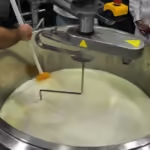














































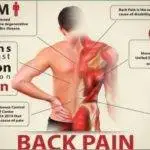


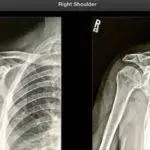
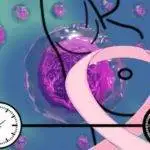


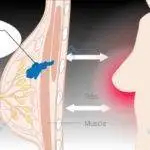
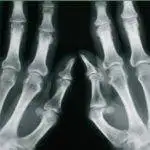
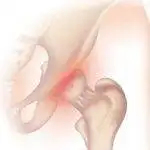








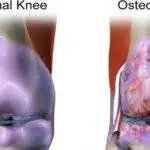
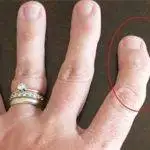














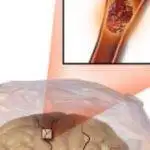
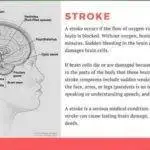
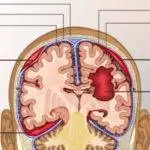
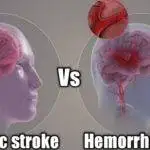
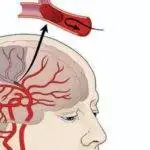














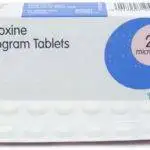








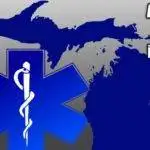



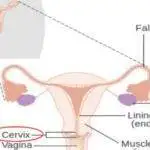


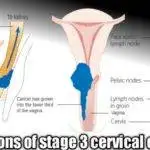
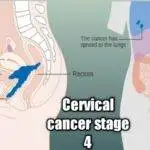
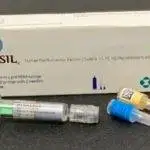


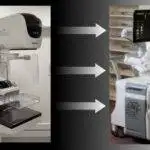
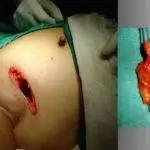

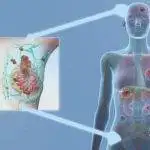


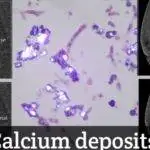
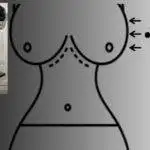

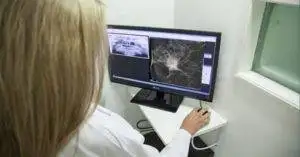



Wow that was strange. I just wrote an extremely long comment but after I clicked submit my comment didn’t appear. Grrrr… well I’m not writing all that over again. Anyway, just wanted to say wonderful blog!
Great blog! I am loving it!! Will be back later to read some more. I am taking your feeds also.
Hey I am so happy I found your weblog, I really found you by accident, while I was browsing on Yahoo for something else, Anyhow I am here now and would just like to say thanks a lot for an incredible post and a all round exciting blog (I also love the theme/design), I don’t have time to read through it all at the minute but I have book-marked it and also added in your RSS feeds, so when I have time I will be back to read more, Please do keep up the superb work.